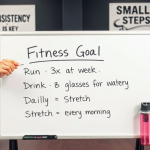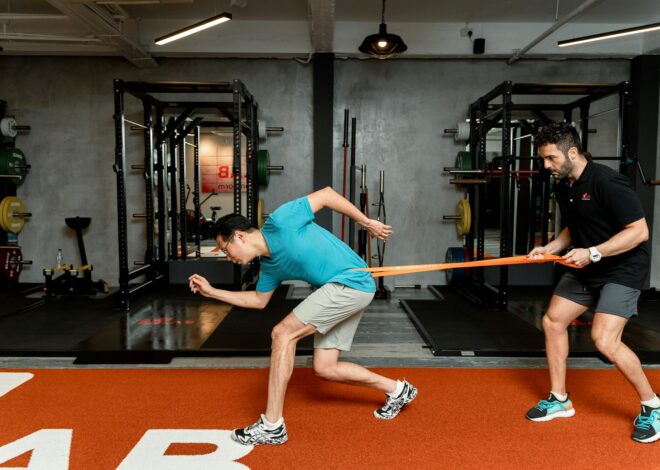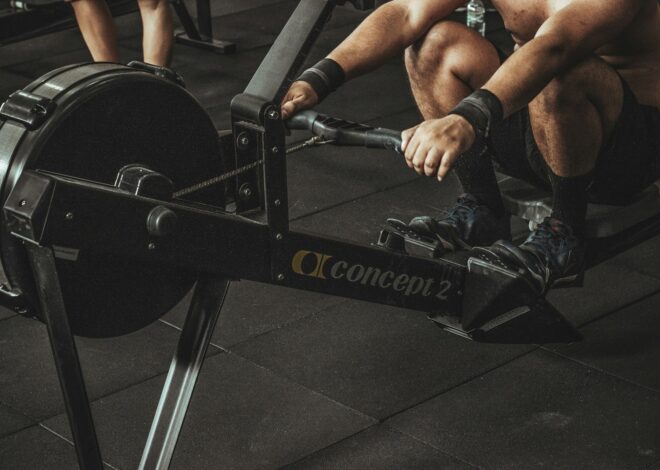How to Balance Fitness with a Busy Schedule: Time-Saving Tips for Success
Making Fitness a Priority
To make fitness a priority in your life, it is essential to shift your mindset and view exercise as a non-negotiable part of your routine. By understanding the importance of physical activity for your overall well-being, you can begin to prioritize it just like any other crucial aspect of your day, such as work or family commitments. This shift in perspective can help you carve out time for exercise and make it a consistent part of your daily schedule.
Setting specific fitness goals can also be instrumental in making exercise a priority. Whether it’s aiming to complete a certain number of workouts per week, improving your strength and endurance, or training for a specific event, having clear objectives can motivate you to stay dedicated to your fitness routine. By setting tangible goals, you provide yourself with a sense of direction and purpose, making it easier to prioritize exercise amidst a busy schedule.
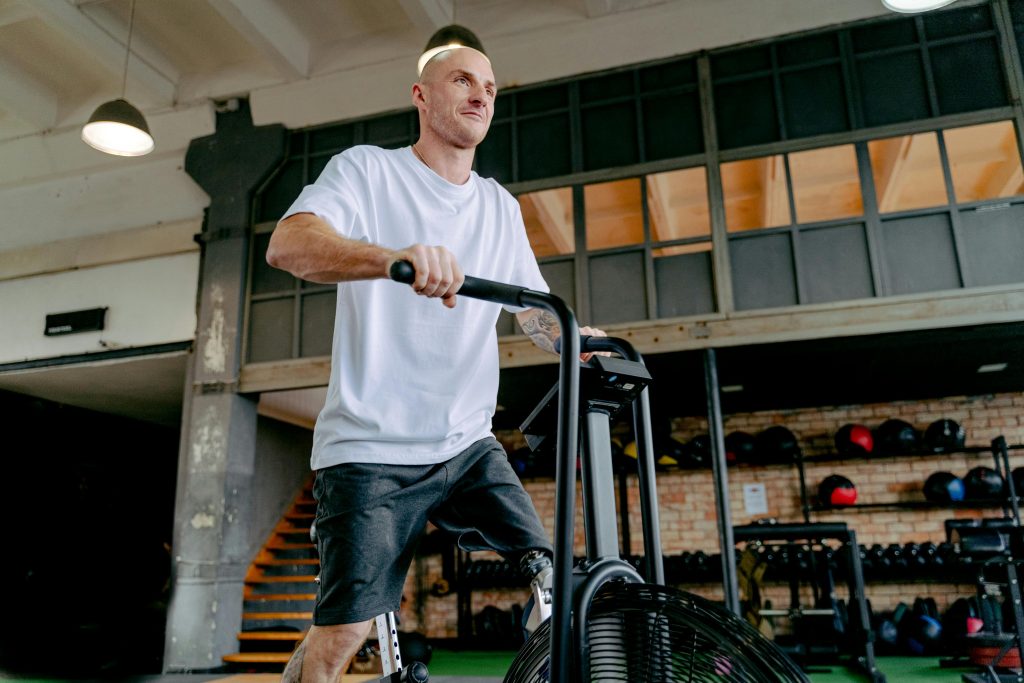
Creating a Realistic Schedule
To create a realistic schedule that incorporates fitness into your daily routine, it is important to first assess your existing commitments and time constraints. Consider your work hours, family responsibilities, and any other obligations that fill your day. By being realistic about how much time you can realistically dedicate to exercise, you can then effectively plan your workouts without feeling overwhelmed or pressured.
Once you have a clear understanding of your daily schedule, map out specific times for your workouts. Treat these exercise sessions as non-negotiable appointments with yourself, just like any other important commitment. By prioritizing your fitness routine and setting aside dedicated time for physical activity, you are more likely to stay consistent and prevent other tasks from encroaching on your exercise time. Remember, creating a realistic schedule is all about finding a balance that works for you and fits seamlessly into your daily life.
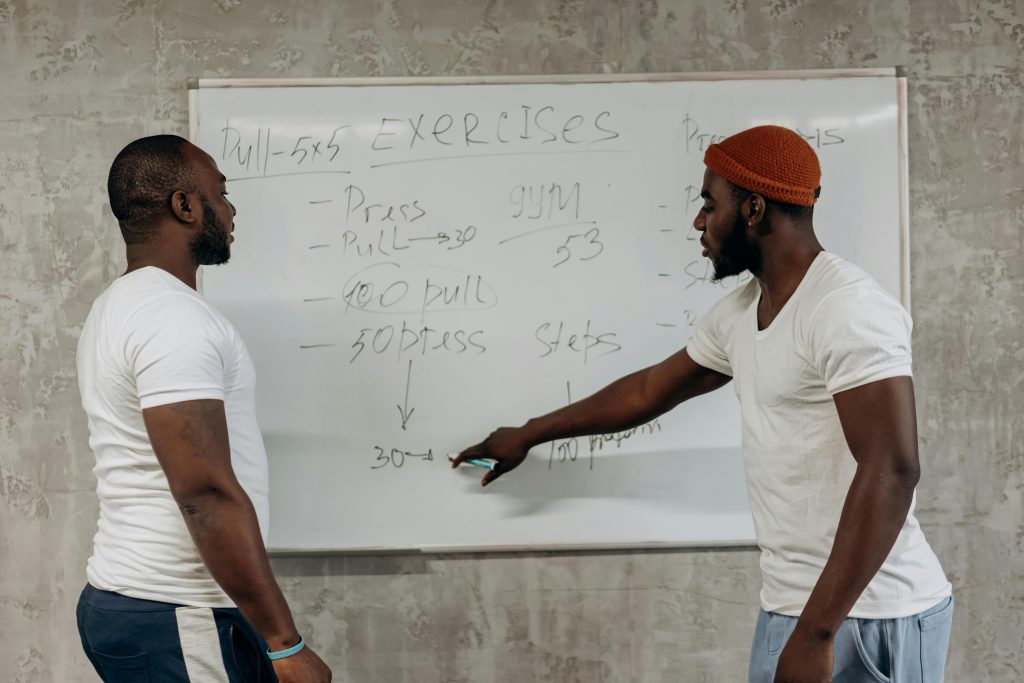
Utilizing Short, High-Intensity Workouts
Short, high-intensity workouts have gained popularity for their ability to deliver effective results in a condensed amount of time. These workouts typically involve bursts of intense activity followed by short rest periods, pushing the body to work at a higher intensity than steady-state cardio. Research suggests that incorporating high-intensity interval training (HIIT) into your fitness routine can improve cardiovascular fitness, increase calorie burn both during and after the workout, and help with weight management.
One of the primary benefits of short, high-intensity workouts is their time efficiency. With busy schedules and competing priorities, finding a workout that can deliver maximum results in a shorter timeframe is appealing to many individuals. In addition to time savings, high-intensity workouts can also provide a variety of exercises to target different muscle groups and keep the body challenged. Whether you’re looking to boost your endurance, increase strength, or simply add a new dimension to your workout routine, incorporating short, high-intensity workouts can be a great way to maximize your time in the gym.
Incorporating Exercise into Daily Activities
Incorporating exercise into daily activities doesn’t always have to mean hitting the gym for a full workout session. Simple changes to your routine can make a big difference in staying active throughout the day. Opt for taking the stairs instead of the elevator, parking further away to add extra steps to your commute, or doing a few stretches during breaks at work.
Household chores can also double as a workout if done with a bit more intensity. Vacuuming quickly, scrubbing the floors vigorously, or even mowing the lawn can get your heart rate up and contribute to your daily physical activity. By finding ways to sneak in exercise during your regular tasks, you can create a more active lifestyle without feeling like you need to set aside dedicated time for a traditional workout.
Setting Clear Goals
When it comes to embarking on a fitness journey, establishing clear and specific goals can significantly increase your chances of success. Setting tangible objectives helps to provide direction, motivation, and a sense of accomplishment as you progress through your fitness regimen. Rather than vague aspirations, such as “get in shape” or “be healthier,” pinpointing measurable goals like running a 5k in a certain time frame or increasing your weightlifting capacity by a specific amount can offer clarity and focus to your workouts.
In addition to defining your fitness objectives, it’s crucial to make sure they are realistic and achievable. While it’s important to aim high and challenge yourself, setting goals that are unattainable or too far-fetched can lead to frustration and demotivation. By breaking down larger goals into smaller, manageable steps and setting realistic timelines for achievement, you can create a roadmap that sets you up for success on your fitness journey.
• Setting tangible objectives provides direction, motivation, and a sense of accomplishment
• Measurable goals like running a 5k in a certain time frame offer clarity and focus
• Realistic and achievable goals prevent frustration and demotivation
• Breaking down larger goals into smaller steps helps create a roadmap for success
Meal Prepping for Success
Meal prepping can be a game-changer when it comes to staying on track with your fitness goals. By dedicating some time each week to plan and prepare your meals, you can avoid making impulsive choices that may not align with your health objectives. Having prepped meals readily available can help you make healthier choices, especially during busy days when time is limited. It also allows you to control portion sizes and ensure you are getting the nutrients your body needs.
In addition to promoting healthier eating habits, meal prepping can save you both time and money in the long run. By cooking in batches and portioning out your meals in advance, you can reduce the need for last-minute takeout or dining out. This not only helps you stick to your fitness goals but also helps you manage your budget more effectively. Planning your meals ahead of time can also alleviate the stress of deciding what to eat, making it easier to stay consistent and focused on your fitness journey.

Finding Accountability Partners
Accountability partners can be instrumental in helping individuals stay motivated and on track with their fitness goals. Having someone to check in with regularly can provide the necessary encouragement and support to push through challenging times. Whether it’s a friend, family member, or coworker, sharing progress, setbacks, and successes with someone else can create a sense of shared responsibility and commitment to fitness.
When selecting an accountability partner, it’s important to choose someone who is reliable, positive, and shares similar fitness goals. This mutual understanding can foster a supportive relationship where both parties can hold each other accountable without judgment. Setting clear expectations and regular check-in times can help ensure that both individuals are staying on course and providing the necessary motivation to keep each other accountable towards achieving their fitness objectives.
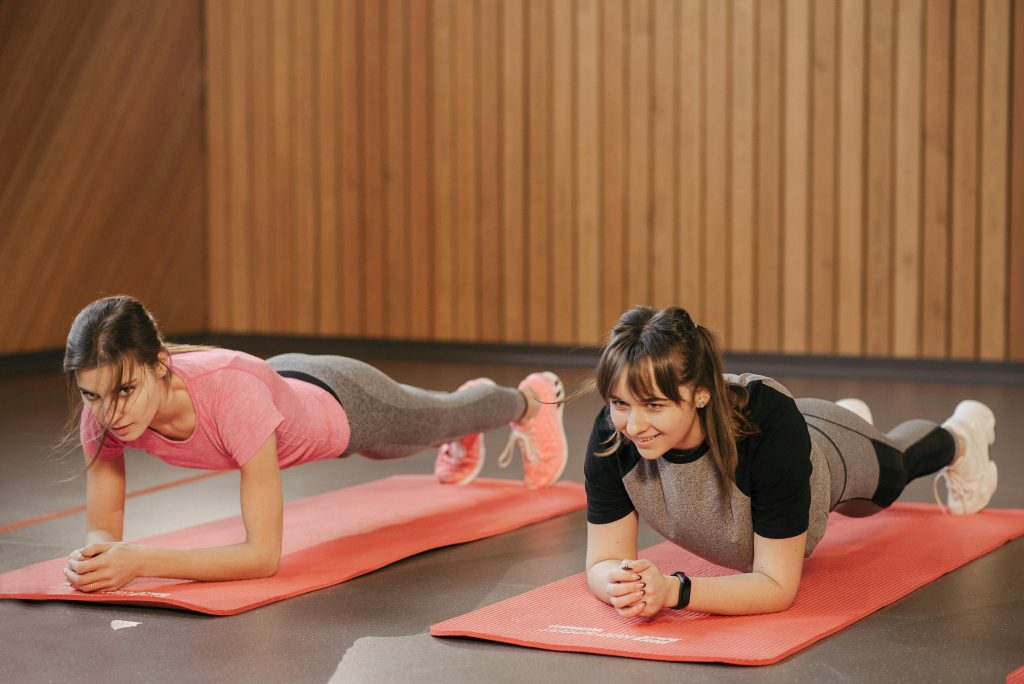
Utilizing Technology for Tracking Progress
Tracking your fitness progress has never been easier thanks to the advancement of technology. With the plethora of fitness apps and wearable devices available, you can now effortlessly monitor your workouts, set goals, and track your progress over time. These tools not only provide real-time data on your performance but also offer insights into areas where you can improve and stay motivated.
One popular way to track progress is through fitness apps that allow you to log your workouts, count calories, and monitor your daily activity levels. These apps often come with features like goal setting, progress tracking, and even social sharing options to keep you accountable and engaged in your fitness journey. Additionally, wearable devices such as fitness trackers and smartwatches can provide detailed information on your heart rate, steps taken, and even sleep patterns, giving you a comprehensive view of your overall health and fitness progress.
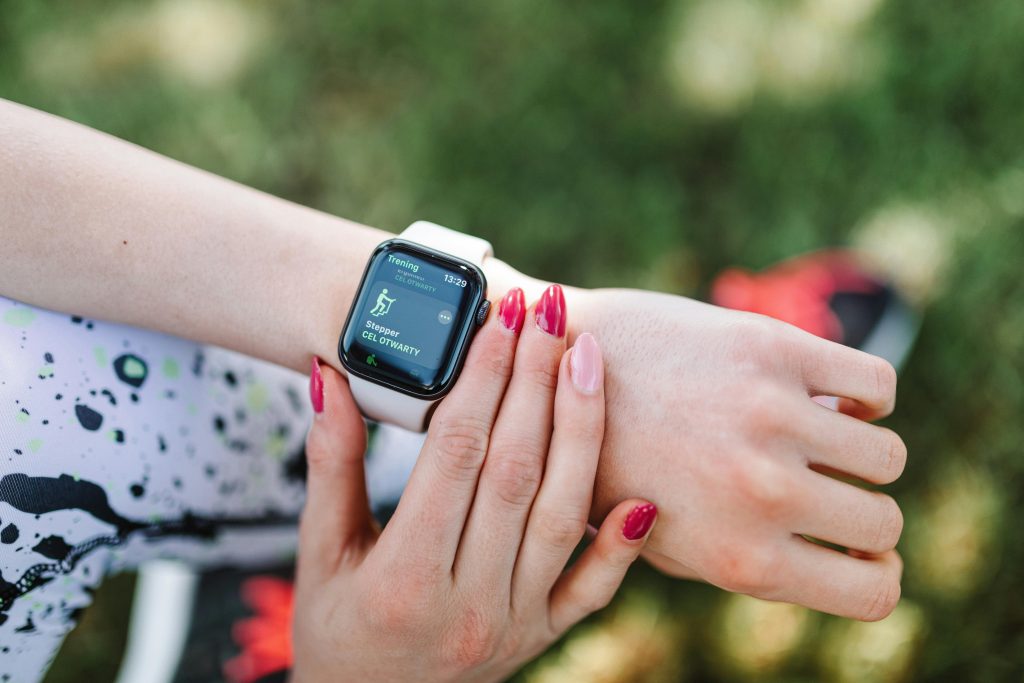
Prioritizing Sleep for Recovery
Getting enough sleep is a crucial but often overlooked aspect of a successful fitness routine. When you prioritize sleep, you give your body the time it needs to repair and recover from your workouts. Aim for 7-9 hours of quality sleep each night to allow your muscles to rebuild and your energy levels to replenish.
Lack of sleep can lead to decreased performance in your workouts, increased risk of injuries, and hindered progress towards your fitness goals. Make it a priority to create a consistent bedtime routine that allows you to unwind and relax before going to bed. Put away electronic devices, create a calming environment, and stick to a regular sleep schedule to optimize your recovery process.

Finding Time for Self-Care
In the midst of hectic schedules and seemingly endless to-do lists, self-care often takes a backseat. However, prioritizing self-care is essential for maintaining overall well-being and preventing burnout. Finding time for self-care doesn’t necessarily mean elaborate spa days or expensive treatments; it can simply involve taking a few minutes each day to focus on activities that rejuvenate the mind and body.
Self-care can encompass a wide range of activities, from mindfulness practices such as meditation or deep breathing exercises to engaging in hobbies that bring joy and relaxation. It’s crucial to identify what activities resonate with you personally and make a conscious effort to incorporate them into your daily routine. By carving out time for self-care, you not only replenish your energy reserves but also cultivate a sense of balance and inner peace amidst life’s demands.

Utilizing Lunch Breaks for Exercise
For many people caught up in the hustle and bustle of daily life, finding time to squeeze in a workout can often feel like an impossible task. One effective strategy to incorporate exercise into a busy schedule is to utilize your lunch break for physical activity. Instead of spending the entire break sitting at your desk or grabbing a quick bite to eat, consider using this time to go for a brisk walk, do a quick bodyweight workout, or even take a fitness class nearby. Not only will this help you fit in some exercise during the day, but it can also boost your energy levels and improve your focus for the rest of the afternoon.
By prioritizing physical activity during your lunch break, you not only reap the benefits of staying active but also create a healthy routine that can positively impact your overall well-being. Whether you have access to a nearby gym, a park for a jog, or simply some space in your office to do a few stretches, taking advantage of this time can make a significant difference in your fitness journey. Remember, every bit of movement counts towards your health, so don’t underestimate the impact of even a short workout session during your midday break.
Setting Boundaries with Work and Social Commitments
In order to prioritize fitness goals and maintain a healthy lifestyle, it is crucial to establish clear boundaries with work and social commitments. While it is important to fulfill professional and personal obligations, it is equally important to carve out dedicated time for physical activity and self-care. By setting boundaries and communicating your priorities with colleagues, friends, and family, you can create a more balanced schedule that allows for consistent exercise and well-being practices.
Learning to say no to additional work tasks or social engagements that may interfere with your fitness routine can be challenging, but it is essential for long-term health and happiness. By respectfully declining opportunities that do not align with your goals, you are prioritizing your well-being and setting yourself up for success in achieving your fitness objectives. Remember to assert your needs and boundaries confidently, recognizing that taking care of yourself is not selfish, but rather a necessary component of overall wellness.
Maximizing Weekends for Longer Workouts
On weekends, when time may be more abundant, consider maximizing your workouts by dedicating longer sessions to your fitness routine. With less pressure to rush through exercises or make time for other commitments, you can focus on more extended and intense workouts that challenge your body and help you progress towards your fitness goals. This could involve incorporating longer cardio sessions, adding extra sets or reps to strength training exercises, or trying new and more challenging workout routines that you may not have time for during the week.
Taking advantage of the weekends for longer workouts can also provide a mental break and a sense of accomplishment that sets a positive tone for the rest of your week. Having the luxury of time on weekends allows you to not only engage in physical activity but also to truly enjoy and savor the workout experience. Whether you prefer outdoor activities like hiking or cycling, or indoor workouts at the gym or home, longer weekend sessions can be a great way to challenge yourself, push your limits, and make progress towards achieving your fitness objectives.
Utilizing Online Workouts and Classes
With the advancement of technology, online workouts and classes have become increasingly popular for individuals looking to stay active from the comfort of their own homes. These virtual sessions offer a convenient and flexible way to fit exercise into busy schedules, allowing individuals to choose from a wide variety of workout options based on their preferences and fitness goals. Whether it’s a live streaming class or an on-demand workout video, online platforms provide access to professional instructors and trainers to guide participants through effective and engaging fitness routines.
Online workouts and classes also eliminate the need to travel to a gym or studio, saving time and money for those with hectic lifestyles. Additionally, these virtual platforms often offer personalized workout plans, progress tracking tools, and community support to help individuals stay motivated and accountable on their fitness journey. Whether you’re a beginner looking to establish a consistent exercise routine or a seasoned athlete seeking new challenges, online workouts and classes cater to individuals of all fitness levels and interests.
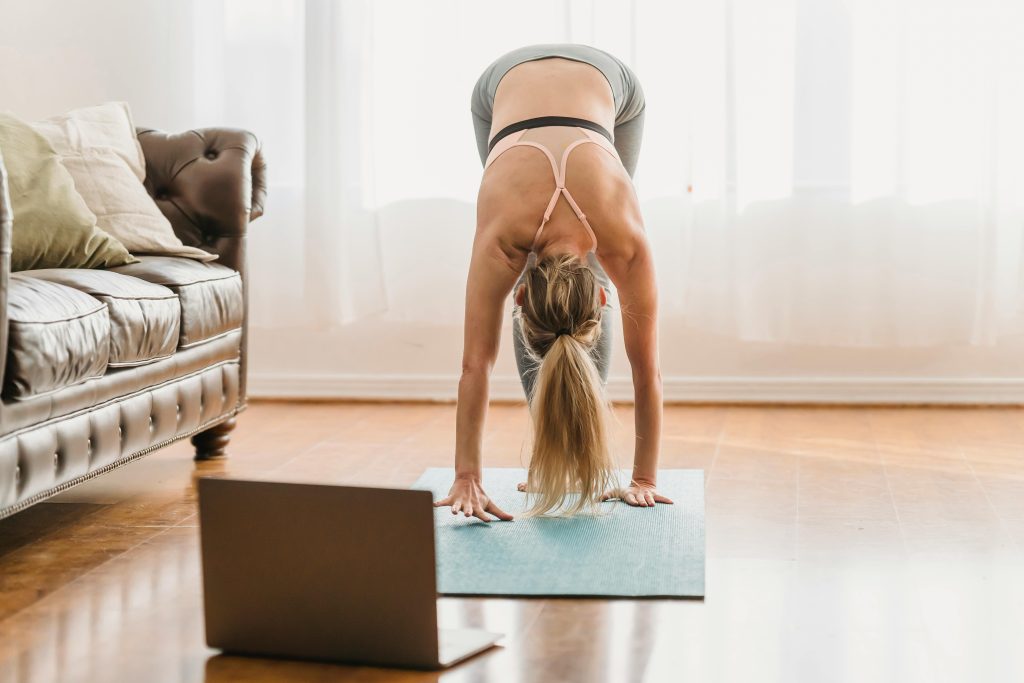
Incorporating Active Hobbies
Incorporating active hobbies into your routine is a great way to stay fit while having fun. Activities like hiking, dancing, swimming, or even gardening can provide a refreshing break from traditional workouts. By choosing hobbies that keep you moving, you can boost your overall physical fitness levels without feeling like you’re forcing yourself to exercise.
Additionally, active hobbies offer mental health benefits by reducing stress and increasing feelings of happiness and well-being. Engaging in activities that bring you joy and require physical movement can help you unwind and clear your mind after a long day. Whether it’s playing a sport, practicing yoga, or taking a dance class, incorporating active hobbies into your lifestyle can make staying active feel more like a fulfilling pastime than a chore.
Scheduling Workouts as Non-Negotiable Appointments
When it comes to prioritizing your fitness journey, treating your workouts as non-negotiable appointments can be a game-changer. By scheduling your exercise sessions into your calendar just like any other important commitment, you are more likely to follow through and make consistent progress towards your health goals. This approach helps you carve out dedicated time for physical activity amidst a busy schedule, ensuring that you prioritize your well-being.
Setting aside specific time slots for your workouts also helps in creating a routine and establishing a sense of discipline. By viewing your exercise sessions as non-negotiable appointments, you reinforce the importance of self-care and physical activity in your daily life. This mindset shift can instill a sense of accountability and commitment to your fitness goals, ultimately leading to improved consistency and results in your journey towards a healthier lifestyle.
Taking Advantage of Early Morning or Late Night Workouts
Early morning and late night workouts can be advantageous for individuals with busy schedules or those looking to kickstart or wind down their day with physical activity. Engaging in exercise in the early hours of the morning can boost metabolism and energy levels for the day ahead, setting a positive tone for the rest of the day. Additionally, morning workouts can help individuals establish a consistent routine and avoid scheduling conflicts that may arise later in the day.
On the other hand, late night workouts can be a great way to unwind and de-stress after a hectic day. Exercise in the evening can also promote relaxation and improve sleep quality, helping individuals to rest and recover effectively. By making late night workouts a regular part of your routine, you can ensure that physical activity remains a priority even during busy or demanding times.
Finding Ways to Stay Active at Work
One effective way to stay active at work is to incorporate movement breaks throughout the day. Set a timer to remind yourself to get up and stretch or take a walk every hour. This not only helps alleviate physical strain from prolonged sitting but also boosts energy levels and productivity. Additionally, consider using a standing desk or a balance ball chair to engage your core muscles and promote better posture while working.
Another strategy to stay active at work is to opt for stairs instead of the elevator whenever possible. Taking the stairs is a great way to sneak in some extra exercise into your daily routine. You can also schedule walking meetings with colleagues instead of sitting in a conference room. Not only does this promote physical activity, but it also provides a refreshing change of scenery and a boost in creativity.
Utilizing Home Workout Equipment
Investing in home workout equipment can be a game-changer for your fitness routine. Having equipment readily available in the comfort of your own space eliminates the need to travel to a gym, saving you time and making it easier to fit in a quick workout whenever you have a spare moment. Whether it’s a set of dumbbells, resistance bands, a yoga mat, or a stationary bike, having these tools at home can help you stay consistent with your exercise regimen.
Not only does home workout equipment provide convenience, but it also offers versatility in your workouts. You can mix and match different equipment to create diverse exercise routines that target various muscle groups and keep your workouts engaging. Additionally, with the rise in popularity of virtual fitness classes and online tutorials, you can easily follow along with guided workouts that cater to your specific equipment, allowing you to make the most out of your home gym setup.
Seeking Professional Help or Guidance if Needed
For some individuals, seeking professional help or guidance can greatly enhance their fitness journey. A fitness trainer or coach can provide personalized workouts, guidance on proper form, and motivation to keep pushing towards goals. Additionally, consulting a nutritionist can help individuals create a balanced meal plan tailored to their specific needs and goals. These professionals can offer expertise and accountability that can be crucial in achieving long-term success in health and fitness endeavors.
Furthermore, seeking guidance from a physical therapist or healthcare professional can be beneficial for those dealing with injuries or chronic conditions. They can provide tailored exercises to aid in recovery, prevent further injuries, and ensure safe and effective workouts. Additionally, mental health professionals can help individuals establish a healthy mindset towards fitness, address body image concerns, and develop strategies to manage stress and anxiety related to exercise. Consulting with these professionals can lead to a holistic approach to well-being and optimize one’s overall fitness journey.




